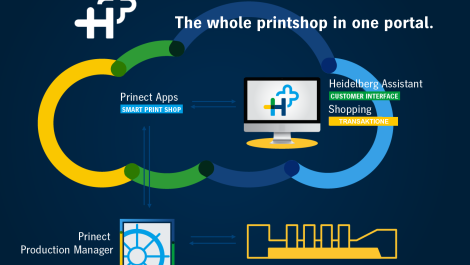The weekly Verdigris blog by Laurel Brunner
Recently we’ve been working on a document for ISO that assesses the deinkability of print. It’s been gruelling work and the cause of more than one sleepless night, not just because of difficulties to do with defining assessment criteria. It’s been a hard slog because this document has to encourage print buyers and their service providers to think about the choices they make when commissioning print projects. And how to do that is proving challenging.
Yet getting people to think about the environmental impact of their investment decisions shouldn’t be hard. After all, most of us want to help mitigate environmental impacts and to do our bit to slow the rate of climate change. However if you ask a designer or print buyer what they think about the deinkability of printed matter, you will likely find that the conversation is short to the point of requiring few words, mere grunts and no shortage of thoughtful hmmms. Blank looks met with explanations of product supply chain and life cycle analysis will understandably soon turned glazey and zombied. Expecting a level of awareness of what’s involved in recycling print is still too much for most buyers and users to cope with. This has to change and is as much a matter of cultural development as it is of environmental awareness.
We have a long journey, however that journey isn’t without parallels. People already have the habit of recycling paper, glass, metal and textiles. We have moved on from a niaive throwaway mentality that’s careless of resources and blind to the negative effects of waste. People in developed economies are gradually starting to think about lifecycle and use phases, and awareness of individual carbon footprint responsibility is starting to penetrate our collective thinking.
Environmentally aware publishers and printers are already asking designers to think about substrates at the creative stage. Some even require the use of recycled papers. Expecting them to think about print processes as well is not yet realistic, but it needs to be. We need to encourage holistic environmental thinking throughout the industry, starting with improved awareness of recycling processes. We need more awareness of the benefits of digital printing, of only producing print that is required and relevant, and of deinking processes.
The good news is that unlike other products such as cars, clothing or electronics, print has no carbon footprint during its use phase. The biggest contributor to print’s carbon footprint is the paper used and the arguments surrounding paper’s sustainability are well-aired. Awareness of the need to manage the energy and consumables for print is also rising, at least amongst printers who want to keep their margins up. The next consideration is how we can raise awareness of processes that optimise print’s recyclability and environmental impact, so that this too is part of the investment decision.





